It’s A Girl, 1954
Back in the 50s, pregnant women could have their tongues analyzed in labs in order to know the gender of the baby. Here Jane Dill is being told that she’s having a girl. SNAP! Wallace Kirkland was there to capture the moment.
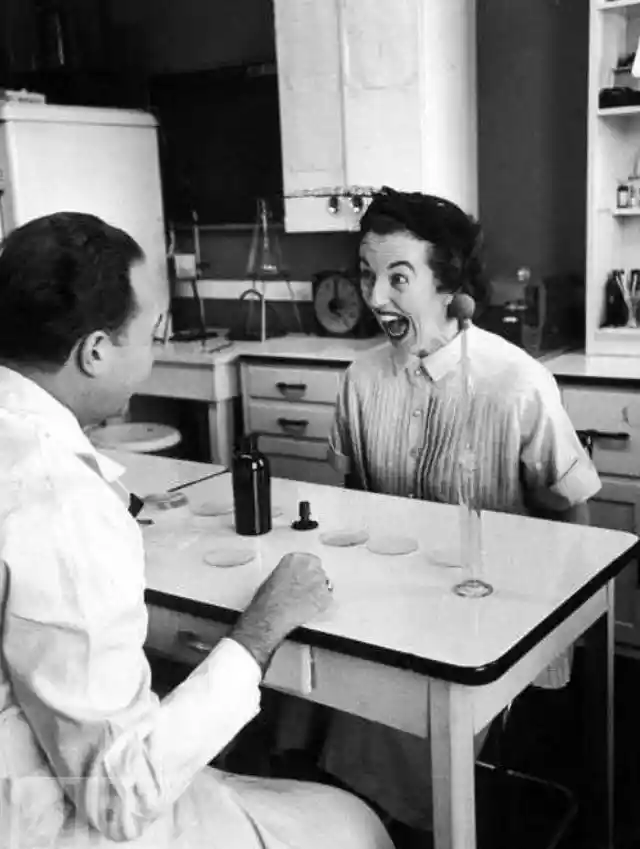
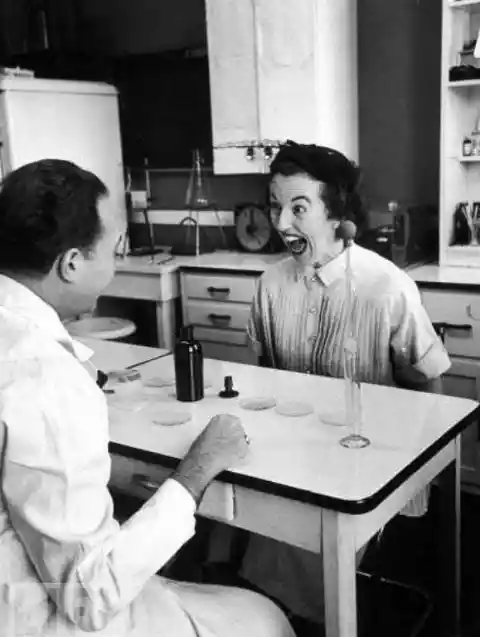
It is a one-time, minuteless reaction, which Kirkland captured perfectly. This lab in Northbrook, Illinois, certainly made many families happy and excited about their newborns to come.
The Kiss, 1945
The famous photo of a sailor kissing a nurse in Times Square has a story that is rarely told. Alfred Eisenstaedt photographed civilians celebrating the end of World War II, and he captured more than one single kiss.
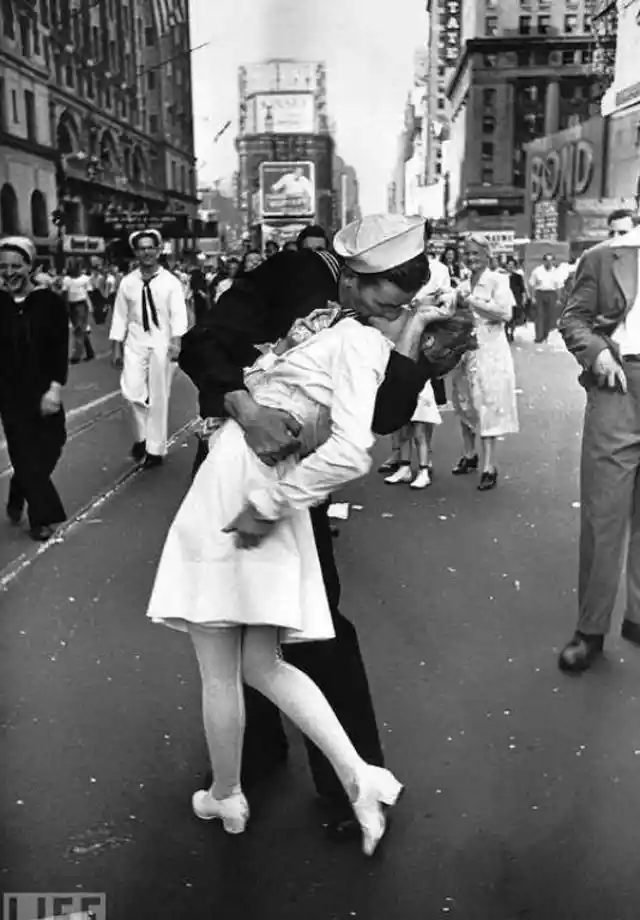

Even though this photo is the one that became famous worldwide, it wasn’t the only kiss the sailor gave that day. Eisenstaedt had been chasing him down over the crowd, photographing the sailor kissing many women, until he got the best kiss and the best shot.
Jackie Robinson, 1955
This picture represents a never-lasting fight against the color barrier. Jackie Robinson was rounding third base to make the Brooklyn Dodgers absolute winners in the 1955 World Series.

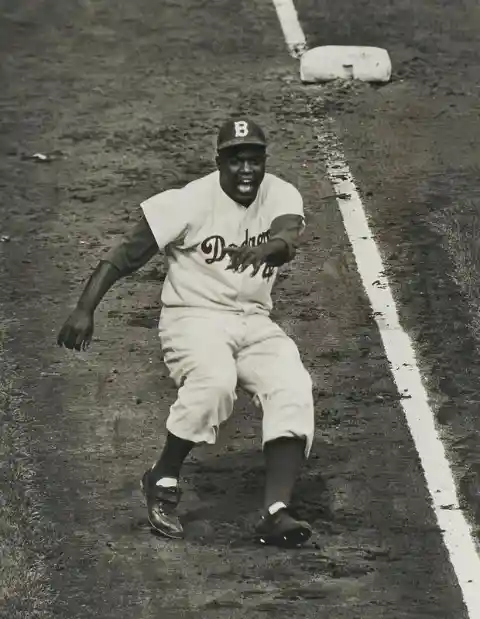
Ralph Morse captured the moment Robinson was beating the Yankees, but he captured more than just a winning moment. Robinson was a civil rights advocate. He fought hard against all color discrimination until he became the first African American to play in the major leagues. He deserves nothing but respect.
Funeral, 1945
Navy Chief Petty Officer Graham Jackson played the accordion for Franklin D. Roosevelt every time the former President visited Warm Springs. He was asked to play in Roosevelt’s visit on April 12, 1945.
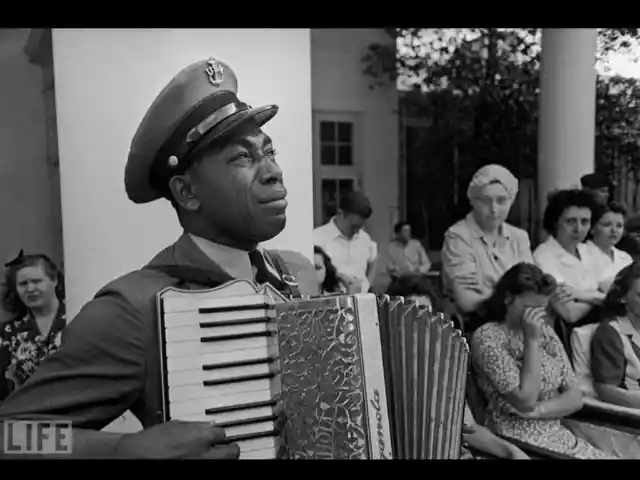
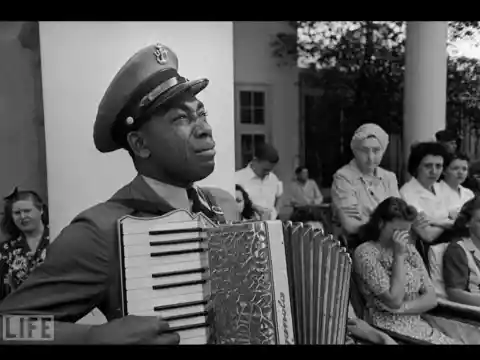
Jackson did play the accordion as asked, but the next day at Roosevelt’s funeral. The Navy Chief was photographed by Ed Clark with tears in his eyes as he played “Goin’ Home” and “Nearer My God to Thee.”
Hells Angels, 1965
Back in 1965, photographer Bill Ray took a shot of two Hells Angels members hanging out at a bar. Ray spent weeks with the gang until he got the perfect shot. The guys were a little bit drunk, but the picture was perfect.
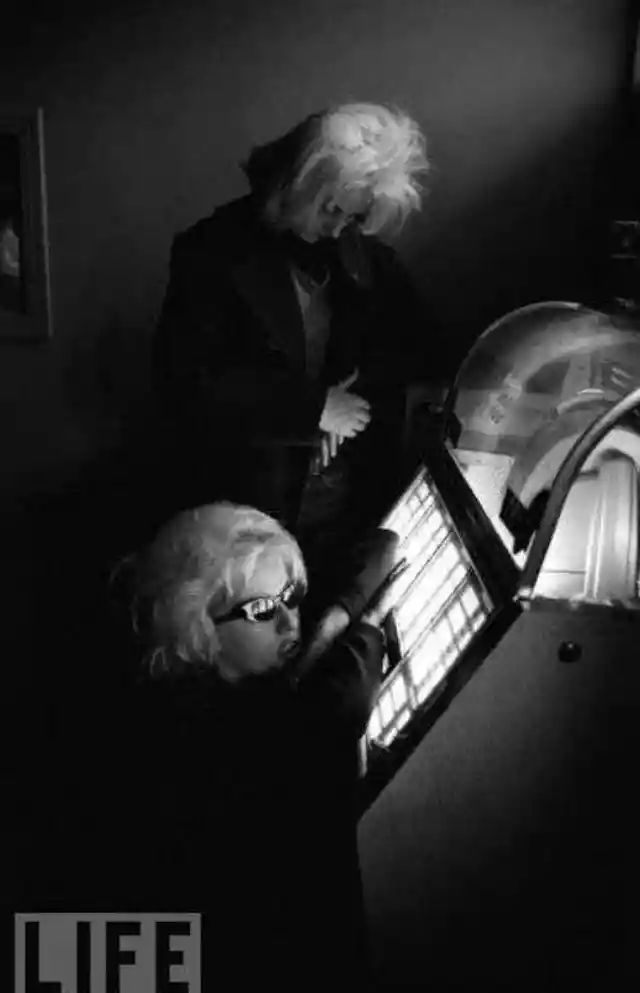
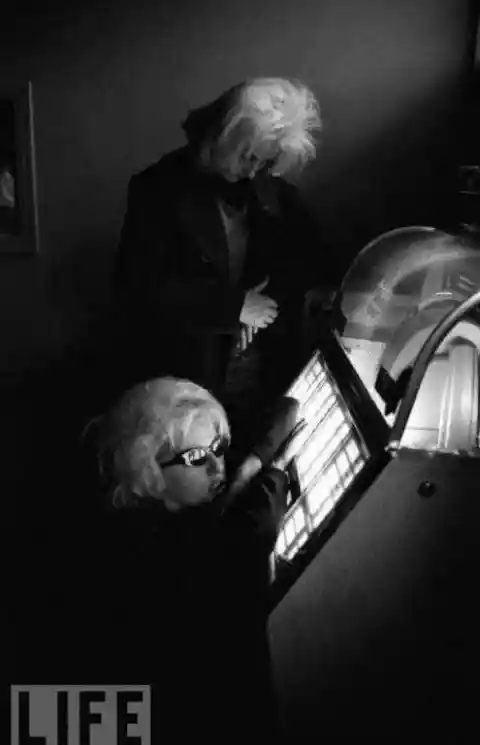
The funny side of the story is that, no matter how good Ray’s work was, LIFE never published these pictures, as editors claimed that no one would like to read about those “smelly bastards.” Editors making mistakes are history.
General Douglas MacArthur, 1945
Being a photographer in war times wasn’t exactly the best job. Even though they didn’t have to fight, these people had to endure the consequences of war. Carl Mydans was one of them, as the Japanese captured him in 1941.
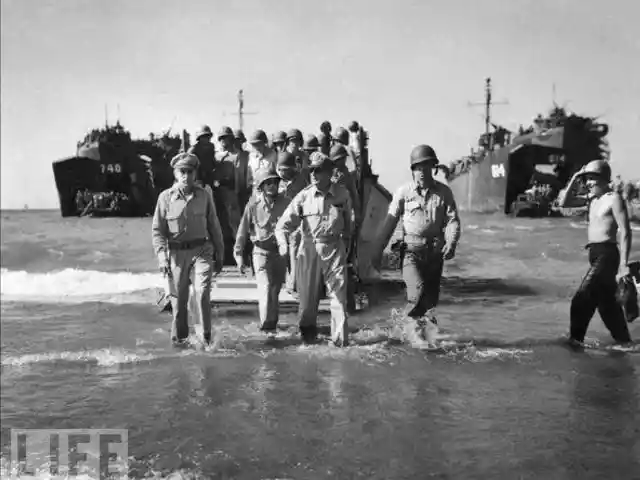
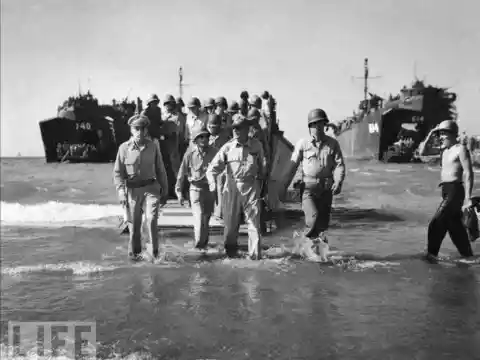
Mydans’s work for LIFE focused on General Douglas MacArthur. ‘I shall return,’ a promise he made to go back and retake the Philippines. Mydans was a war prisoner for two years. He took this picture before being captured.
Frank Sinatra’s Best Shot, 1964
Worldwide known as the Chairman of the Board, artist Frank Sinatra was a legend. In 1964, photographer John Dominis spent four months tracking Sinatra’s activity that would be published in LIFE.
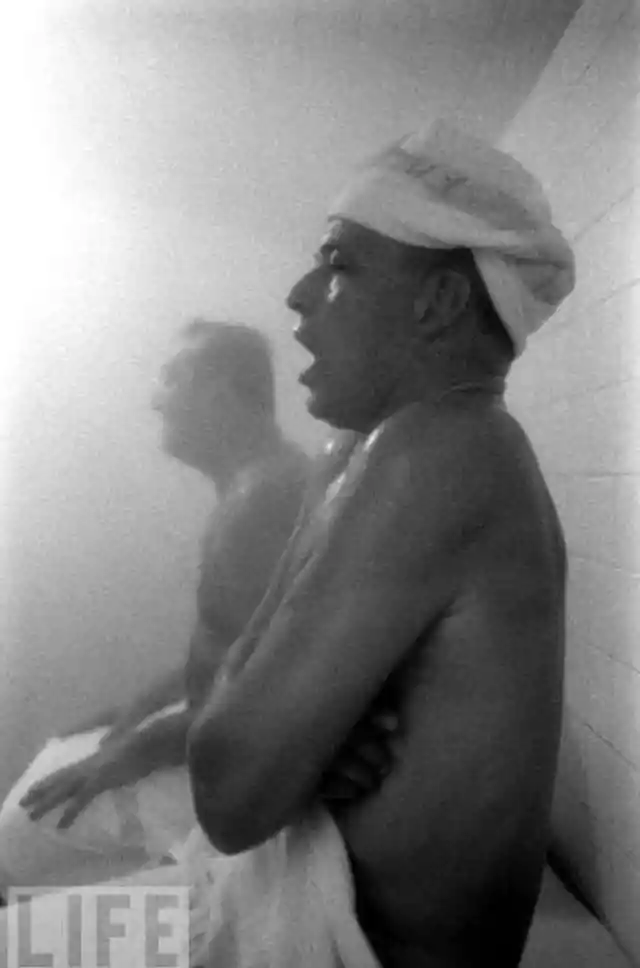

Dominis captured Frank while he was taking a steam bath. Apparently, the 49-year-old artist was trying to clear his head after a long night of drinks. He wasn’t drunk; he was just awesome.
RFK, 1968
Photographer Bill Eppridge captured Robert F. Kennedy enjoying a day at an Oregon beach with his dog Freckles. Little did Eppridge know that this photograph would be one of the last ever taken of the presidential candidate.
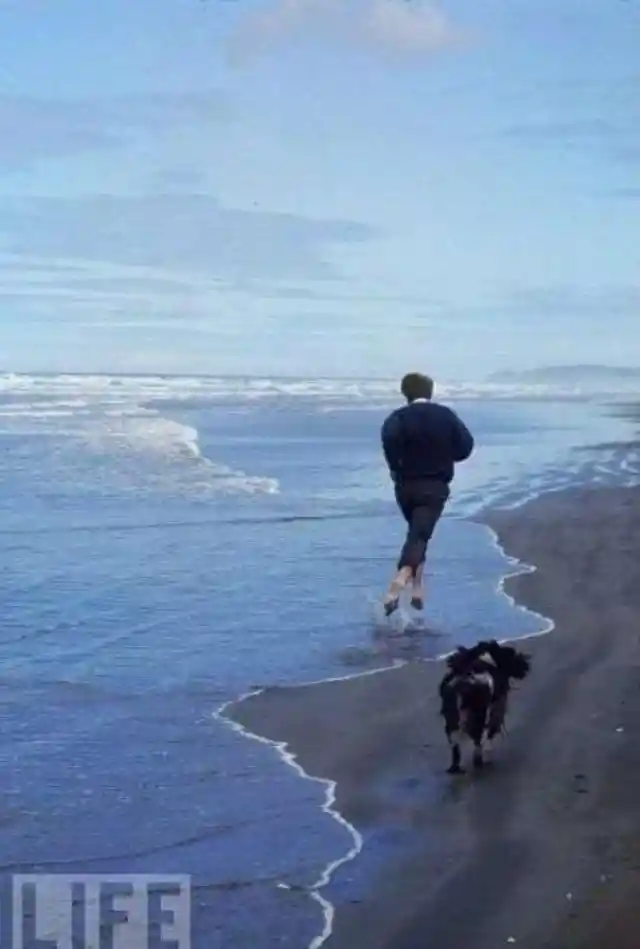
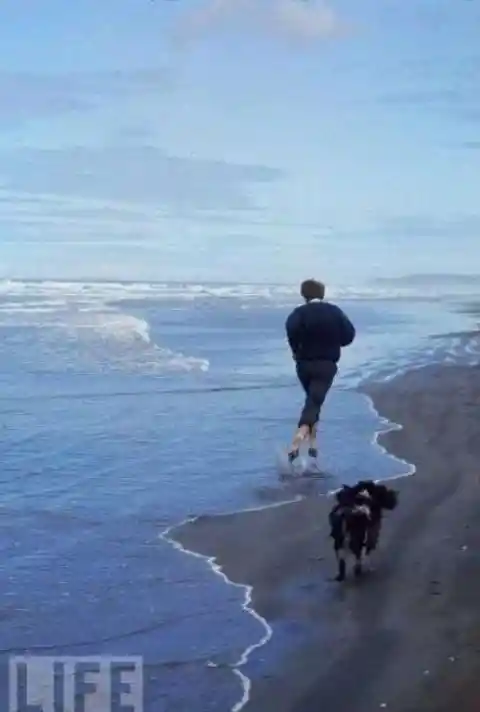
A few days after this photo, Senator Kennedy traveled to California, where he was killed by a Jordanian civilian. This picture appeared on the cover of LIFE to pay tribute to a man who was gone too soon.
Sugar Ray Robinson, 1950
The world remembers Walker Smith jr., also known as Sugar Ray Robinson, for being the greatest American boxer of that time. He competed from 1940 to 1965, so this picture was taken at the height of his impressive career.

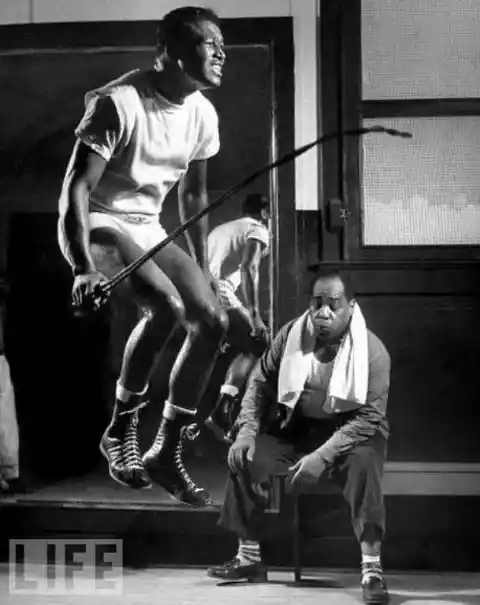
Ralph Morse captured Sugar Ray Robinson in training. He got the best shot as he photographed the boxer flying in the air, eight inches off the ground, looking determined.
Audrey Hepburn, 1953
Photographer Mark Shaw had a one-time opportunity at the very beginning of his career when he photographed the stunning Audrey Hepburn, and this photo was the result. The actress was only 24 years old when Mark got the chance to spend the whole day with her.
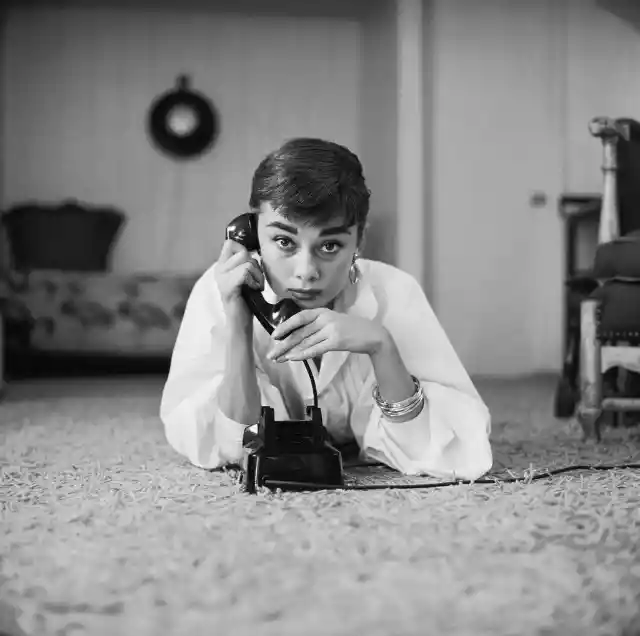
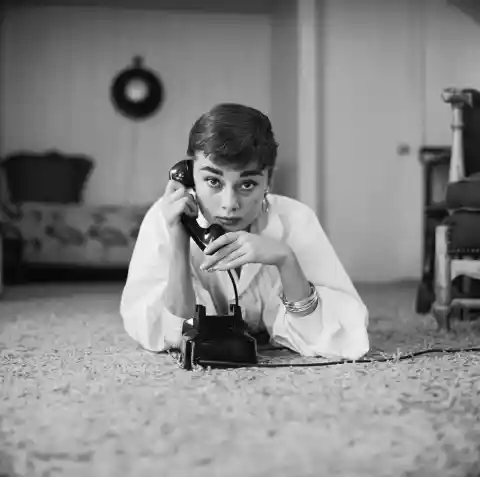
At that time, Roman Holiday was just coming out while Audrey was enjoying the fame of having her first major role in a movie. The beautiful actress was wearing only a white shirt, an aspect of the shooting that made her look sexy and charming.
James Dean, 1955
Photographer Dennis Stock would’ve never imagined that this was one of the last pictures ever taken of American actor James Dean. Stock captured Dean walking in Times Square under the rain.
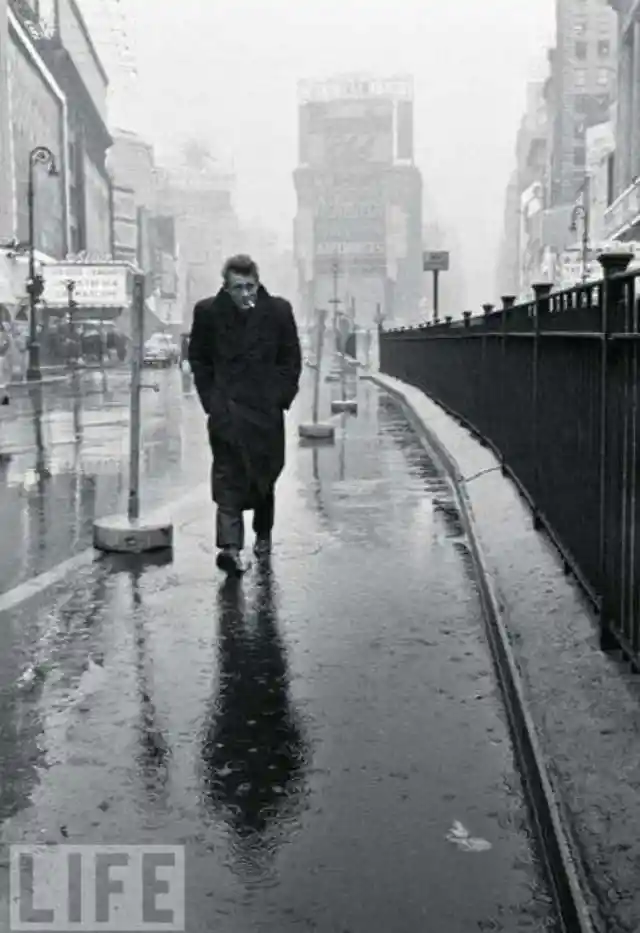
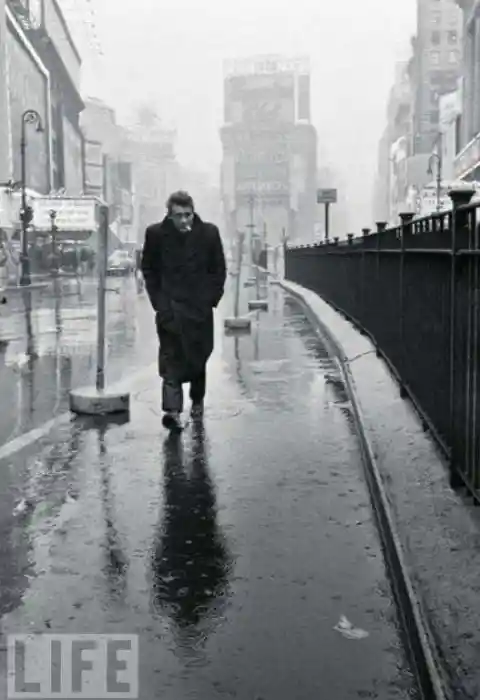
This picture was taken in 1955. That same year, Dean died in a car accident in California. The image represents the rebel aspect of himself, as he wouldn’t use an umbrella despite heavy rain.
Paris Puppet Show, 1963
Sometimes the best photographer isn’t the one who uses the best camera or has the best technique, but the one who’s at the right time to capture unique and unrepeatable moments in life, like Alfred Eisenstaedt.
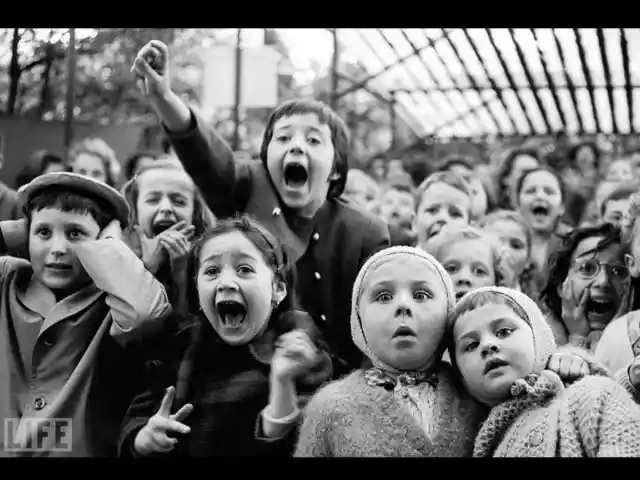
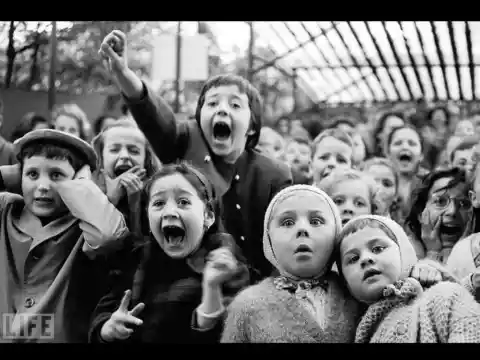
Alfred captured a youthful audience at a puppet show at a park in Paris. It’s funny how children react differently at the same performance: terror, victory, delight, enjoyment, all at the same.
Richard Nixon, 1946
Before becoming the 37th President of the United States, Richard Nixon was an attorney who worked in his California law office. He was photographed in 1946, a time when he was running a campaign for Congress.
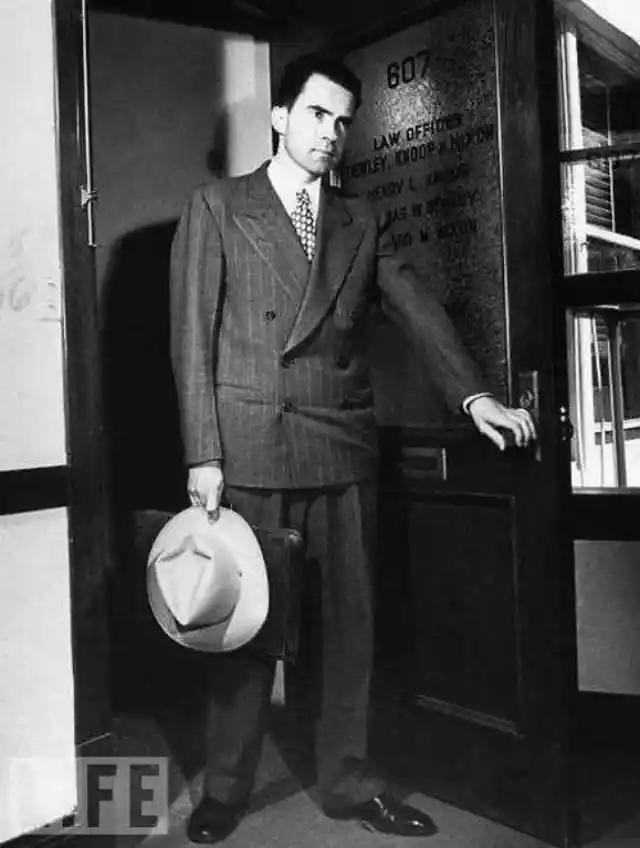

When photographer George Lacks took this picture, it didn’t have such a huge impact, as Nixon was just taking his first steps into politics. After all, this picture is considered a treasure.
Audrey And Grace At The Academy Awards, 1956
This photo is unique in every sense of the word. Allan Grant captured a single moment when the beautiful actresses Audrey Hepburn and Grace Kelly were at the Academy Awards, waiting for their turns to go on stage.
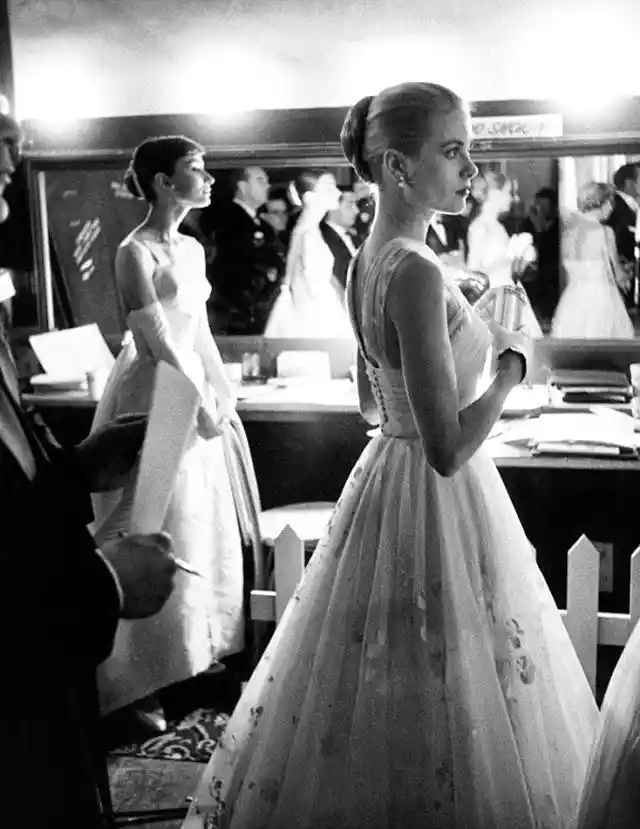

The actresses looked as elegant as ever. This photo means so much to the film industry, as these girls have never worked together. All credits are given to Allan Grant, who captured both stunning icons exceptionally.
Post-War, 1946
Eugene Smith was a well-known photographer who took the most shocking images of World War II. As he was merged in battle with a single purpose, taking the best shots, he got injured while photographing the Battle of Okinawa.


After the incident, he could barely hold the camera. He decided to take pictures of peaceful environments rather than violence and despair. This picture was one of the first he took after the war. These are his kids, Patrick and Juanita, a sign that shadow times are left behind, and a new era of light is coming out.
Marilyn Monroe, 1962
It’s not necessary to see her face in order to recognize the talented and beautiful Marilyn Monroe. She was performing at Madison Square Garden on May 19, 1962. It was President JFK’s birthday, and she was singing to him.
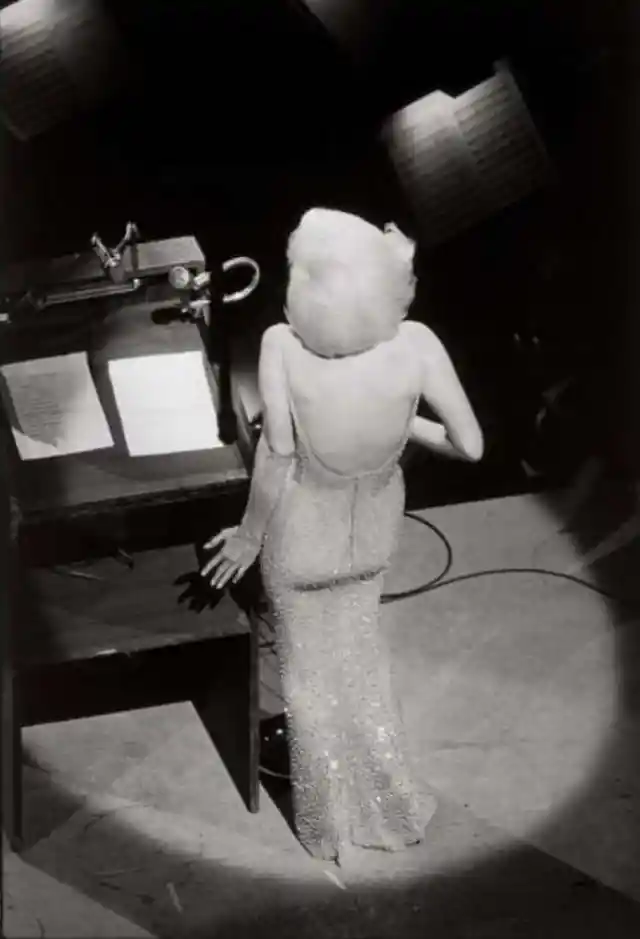

Bill Ray took a shot of Monroe while she was singing “Happy Birthday.” The shot portrays the sexiest part of her. The President and the artist were said to have an affair, and they both had very short lives.
JFK, 1960
John F. Kennedy was elected president when he was 43 years old, the youngest president America ever had. Photographers of LIFE were constantly joining JFK’s campaigns and appearances.
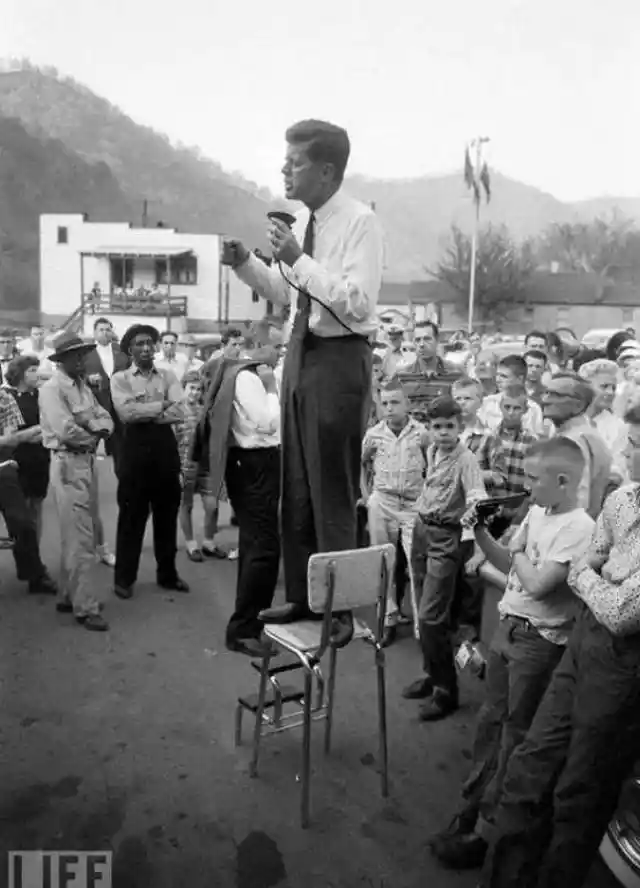
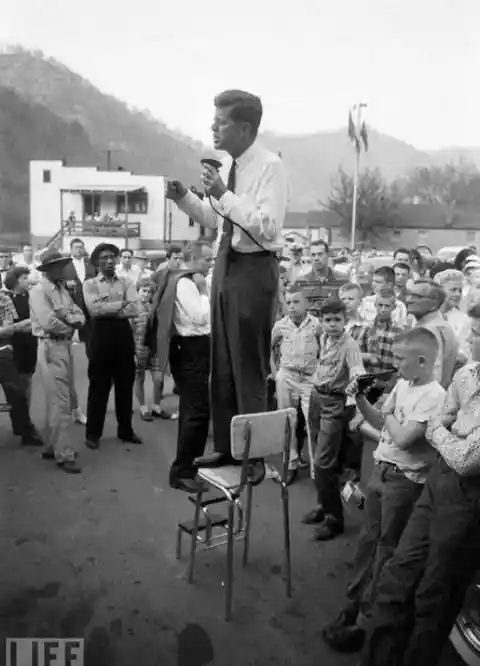
In 1960, in West Virginia, Kennedy was delivering a dynamic speech when Hank Walker took this picture. Back in those days, having security wasn’t as needed as it is now. You can see young Kennedy standing in a chair, alone, without any backup.
Airplane Flying Over Manhattan, 1939
Photographer Margaret Bourke-White dedicated his life to taking pictures from above. She enjoyed taking photos from an aerial point of view.

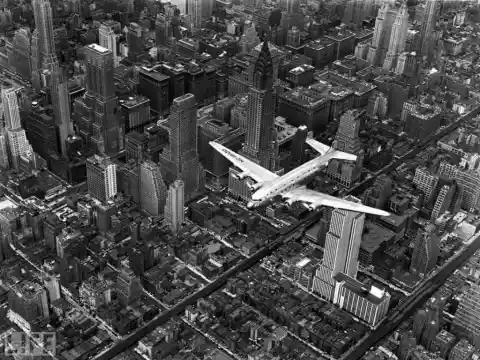
This 1939 shot of airplane Douglas 4 flying over Manhattan city represents her love for architecture and her passion for aerial shots.
Paramount Theater, 1958
Back in the 50s, a drive-in in Utah was full of sedans watching The Ten Commandments in 3-D, a Cecil B. DeMille film.
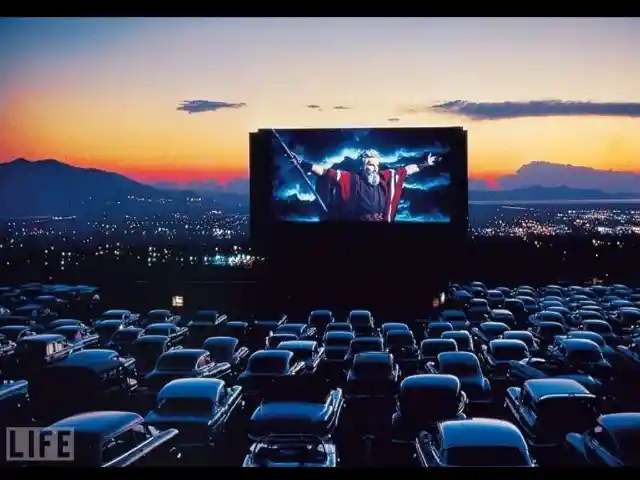
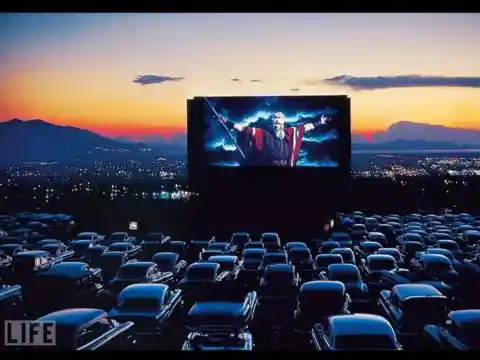
Photographer J.R. Eyerman captured the moment Charlton Heston, who plays Moses, stretches his arms as he parts the Red Sea. Taken out of context, the actor looks like he is boarding the Titanic with Jack and Rose.
Cloudy Arizona Day, 1947
Photographer Andreas Feininger was well-known for taking pictures of stunning architecture. Until one day, he took a shot of the silent Route 66. It was a cloudy day in Seligman, Arizona.
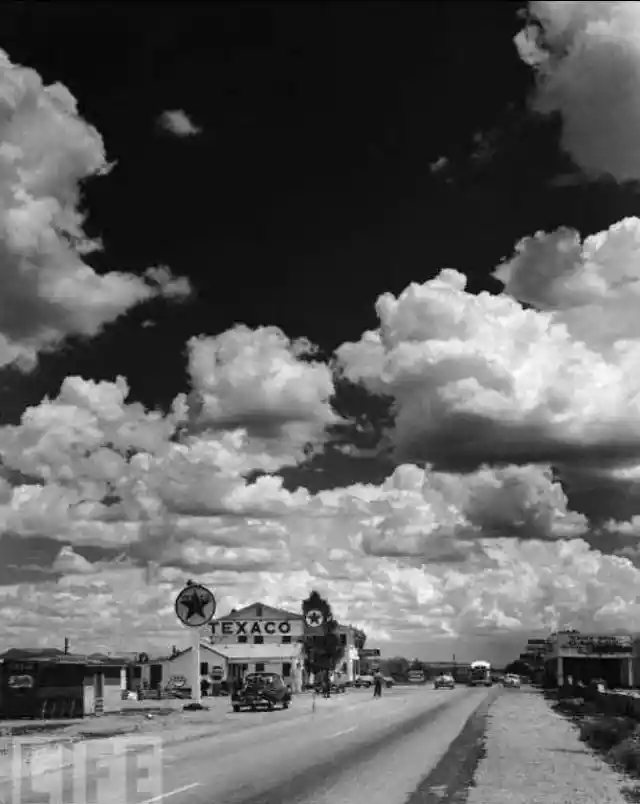
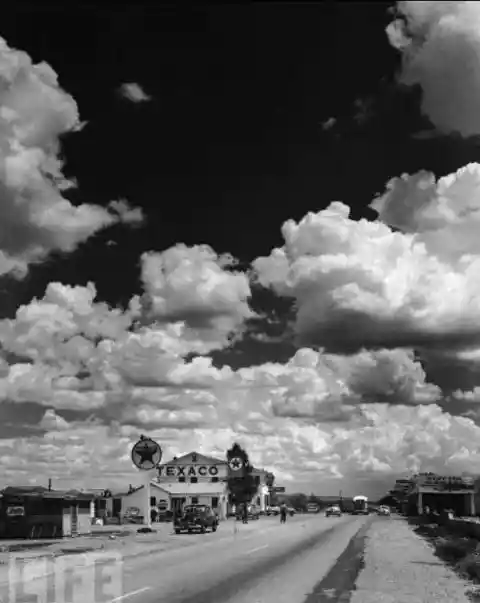
The picture speaks for itself. It represents a quiet place as clouds fall over Texaco. The American West was never pictured like this before 1947.
Deleitosa Village, 1951
Somewhere between Madrid and Portugal, you can find Deleitosa, a Spanish village where photographer Eugene Smith spent long days taking the best shots for LIFE.
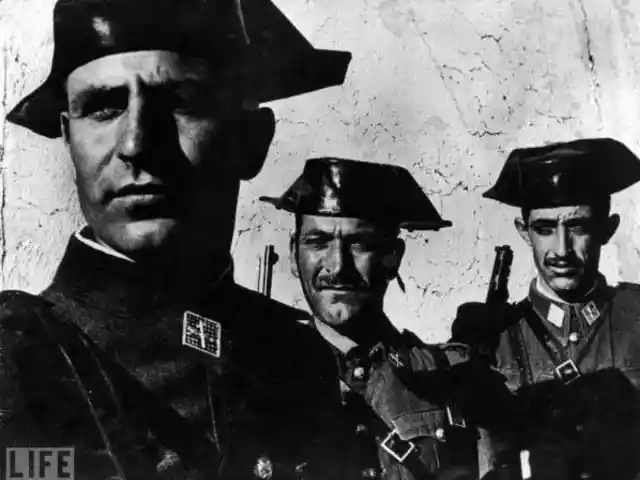

This picture is known as “Spanish Village”. Smith captured the life and death moments of Deleitosa’s peasants. As pictured, civil guards were standing on every corner.
Mickey Mantle, 1965
Athletes have to work hard to stay strong and keep up with success. Unfortunately, this wasn’t the case of Mickey Mantle, the center fielder who was once a legend, but then his career went down the drain.
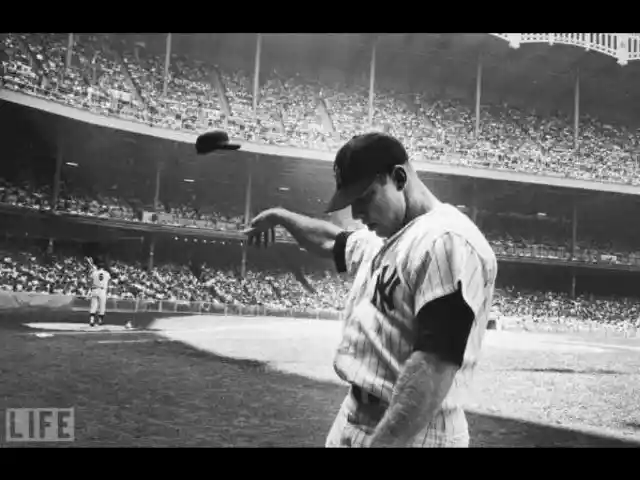

In 1965, John Dominis took a shot of Mantle at Yankee Stadium. The picture already displays the frustration of the idol.
Kim Novak, 1956
When there’s a room full of men and a woman walks in, she immediately becomes the center of attention. Men are drawn to it. Photographer Leonard McCombe captured this situation in real life.
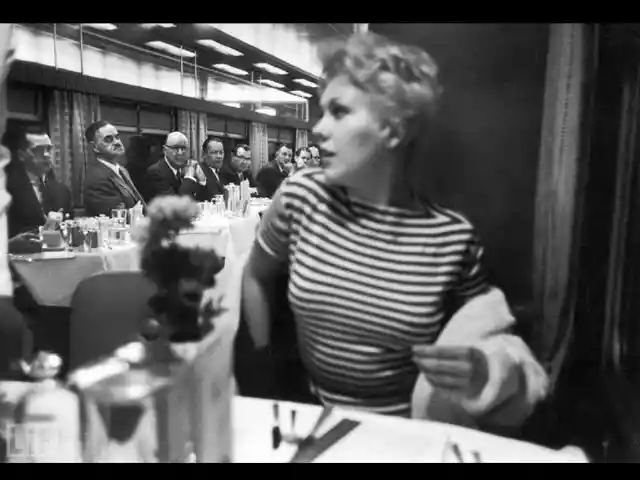
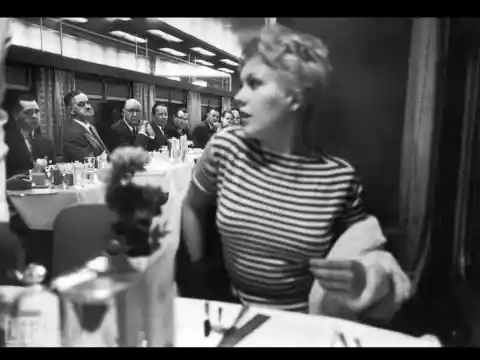
Beautiful and talented actress Kim Novak is sitting for the 20th Century Limited dinner surrounded by men in suits. This picture depicts the power of a young and talented woman over men.
Dali Atomicus, 1948
This picture leaves no doubt on how eccentric and creative Salvador Dali was. To get the best shot, they tried 28 times before and spent six hours working on it.


Photographer Philippe Halsman said that the whole team was wet, dirty, and exhausted after working for the best shot. But no one is talking about those poor three cats which were thrown up in the air 28 times. Hey, they just have seven lives, have a little consideration here!
Ernest Hemingway, 1959
In Ketchum, Idaho, in 1959, John Bryson was photographing Ernest Hemingway’s wife, Mary, for a magazine other than LIFE. Bryson didn’t miss a single shot as he photographed Hemingway kicking a can on the road.
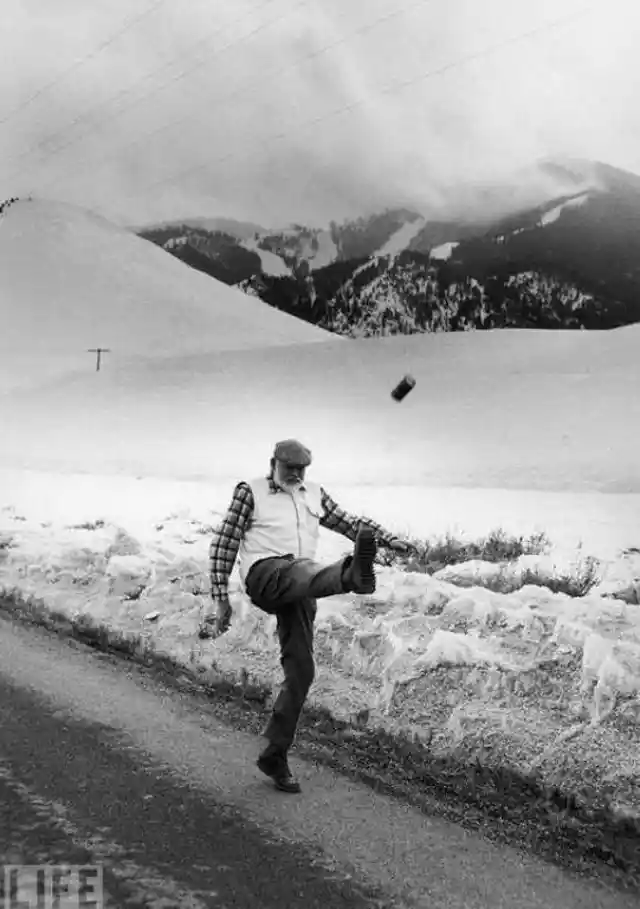
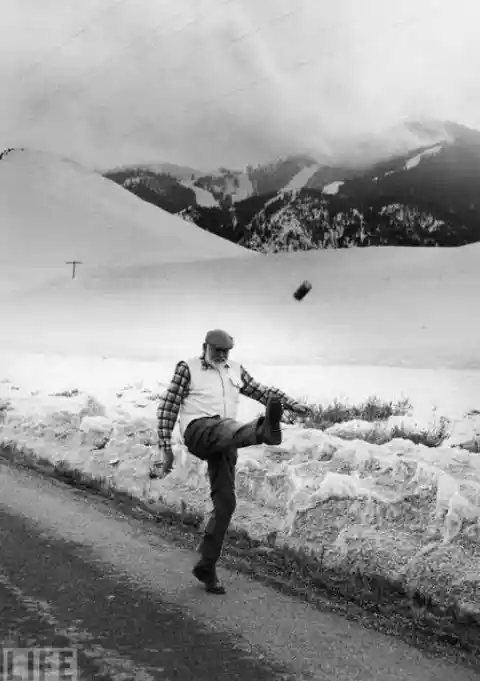
Hemingway later admitted that it was the best picture ever taken to him. Unfortunately, almost two years after this shot, Hemingway died after shooting himself in the head.
Bride To Be, 1962
Photographer Michael Rougier was working at a wedding in North Dakota in 1962. Before the wedding even started, he went to the bride’s room to do some shooting.
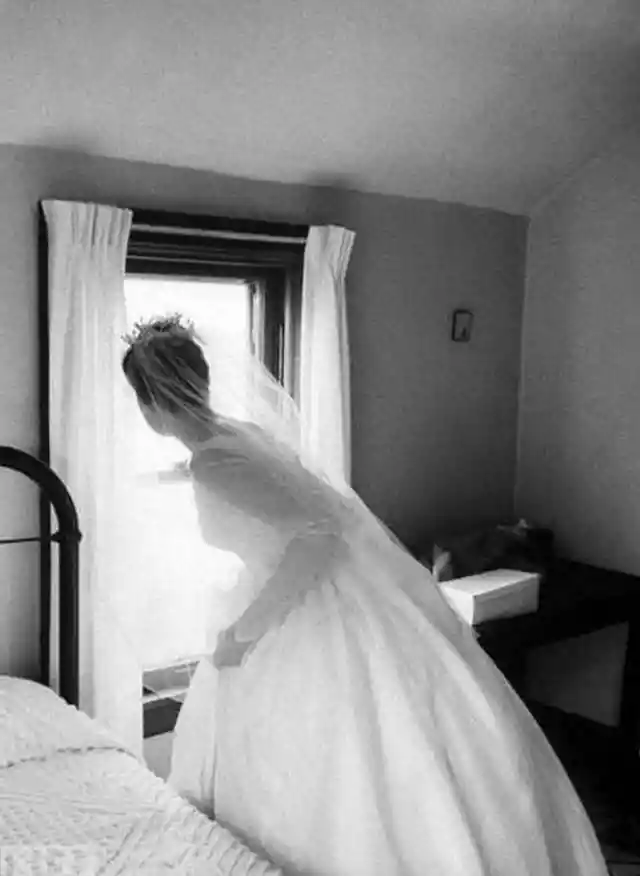
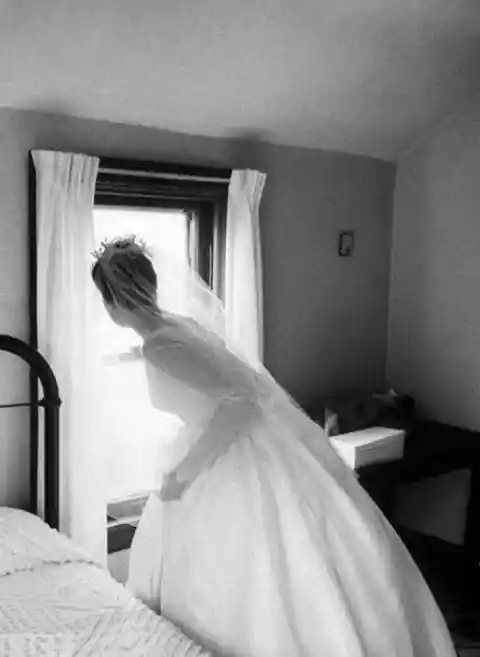
Rougier captured the bride when she was peeking out the window. In fact, he captured a mixture of anxiousness, nerves, high expectations and fear of commitment all in one picture.
Little Leaguers, 1954
These Manchester, NH, Little Leaguers are all dressed up and ready to play, except that not everybody is wearing the whole uniform.


This 1954 photo of Yale Joel left a unique message: No matter how incomplete your suit is, you just have to play as a child does. They don’t care about it.
Muhammad Ali And Joe Frazier, 1971
Boxing legends Joe Frazier and Muhammad Ali will always be remembered for their famous fight in March 1971, an encounter that the world knows as “Fight of the Century.” At Madison Square Garden, Frazier knocked Ali to the canvas and defended his title.
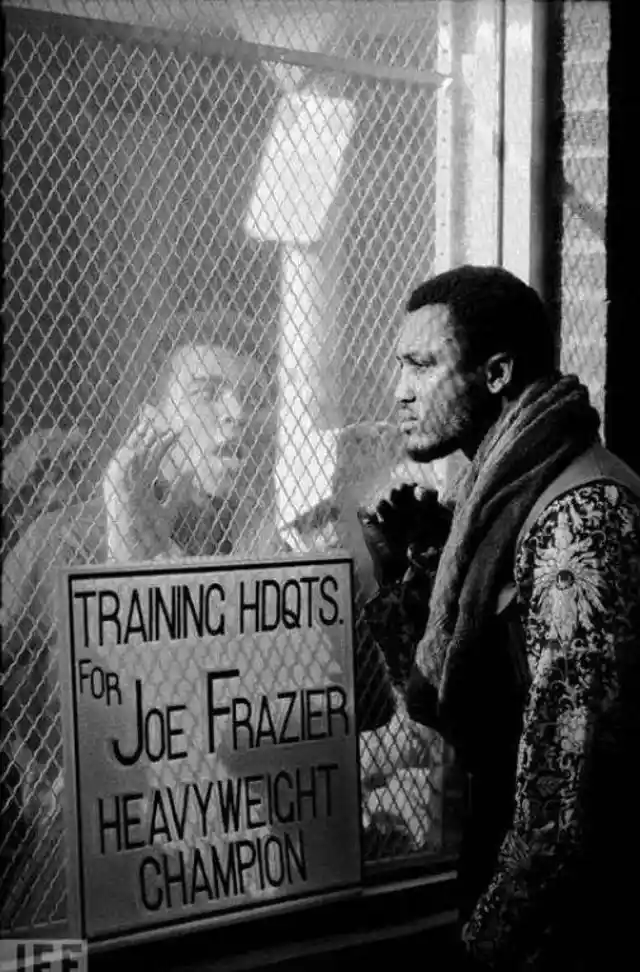
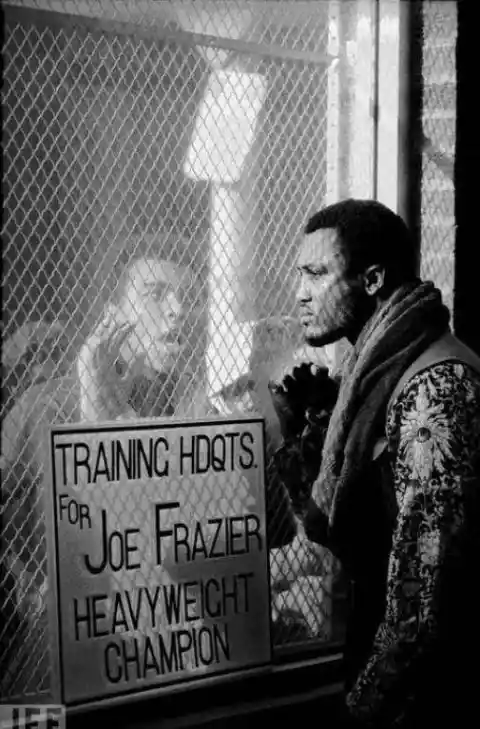
Photographer John Shearer captured Ali sneaking into Frazier's training headquarters looking goofy while Frazier limits himself to looking away and clenching his fist.
Somewhere In Ann Arbor, 1950
Alfred Eisenstaedt was working at Ann Arbor to photograph a uniformed drum major while he was practicing his high kicks for a march when something unexpected and uncoordinated happened.
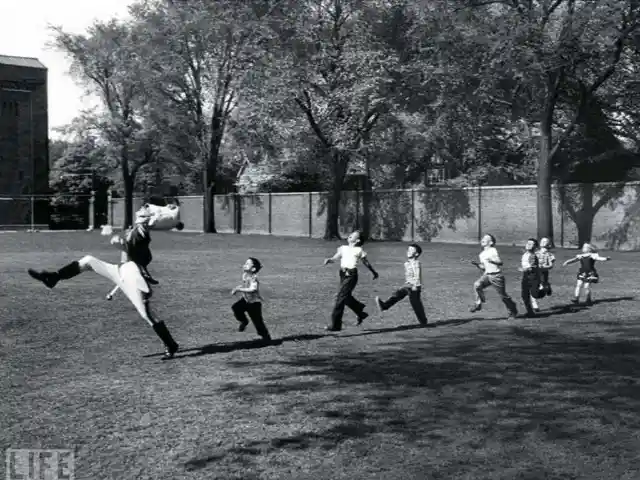
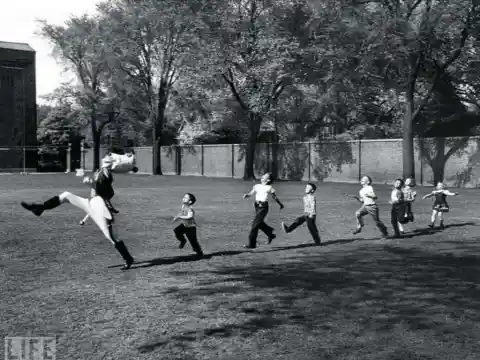
Following the major’s high kicks, seven children place in line to learn about the major’s technique. Go little, rockstars!
Bill Cosby, 1969
Anyone can instantly recognize this man when looking at the picture. His profile, hair and lenses are all signs of an incredible icon, not to mention his cigarette.
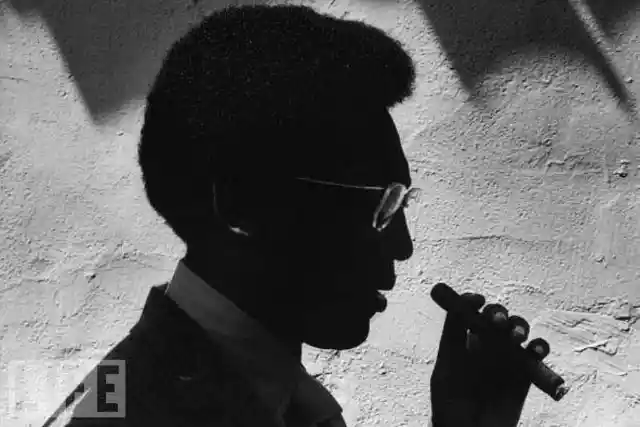
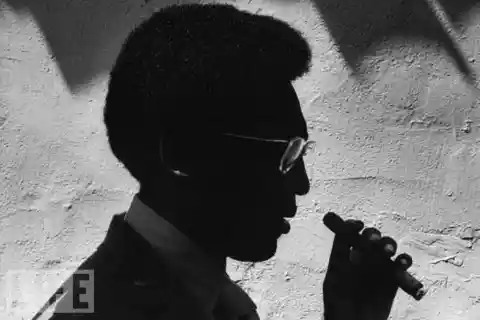
John Loengard took this picture on April 11, 1969. The 60s were the sparkling decade for the comedian and actor. Those were his golden years, despite working on his career for more than five decades.
Sea Of Hats, 1930
This picture of Margaret Bourke-White was the magazine’s first cover. She was into air footage and always captured the best aerial shots. Men in hats were photographed in New York City’s Garment District on 36rh St. between 8th and 9th Avenues.
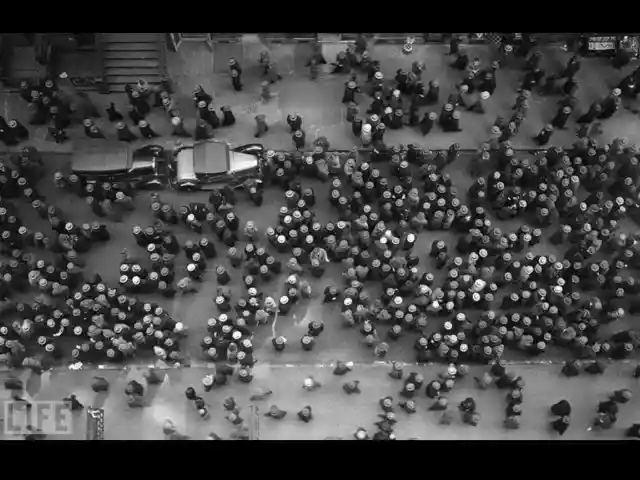
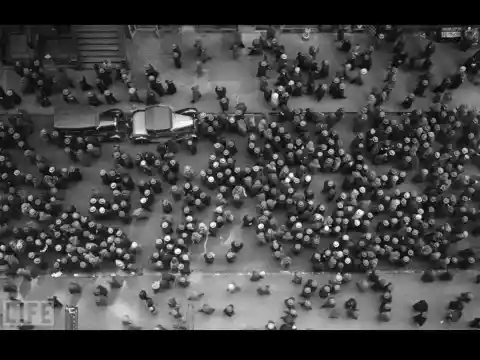
Margaret was a legend. Not only did she become the first accredited woman photographer in WWII, but also she became the first woman to fly on a combat mission and the first woman allowed into the U.S.S.R.
Sunset Killer, 1966
John Dominis was assigned an eight-month mission for LIFE. He had to capture unique and rare shots in the wilderness of Africa. The results of his work were amusing.


It may look like a romantic scene, but it’s just the effect that Dominis worked really hard to have. A savage leopard is leaning towards its prey with a beautiful sunset in the back.
Gunhild Larking, 1956
High jumper Gunhild Larking from Sweden was photographed by George Silk at the 1956 Olympic Games in Melbourne, Australia. The 20-year-old high jumper was waiting for her turn to compete.
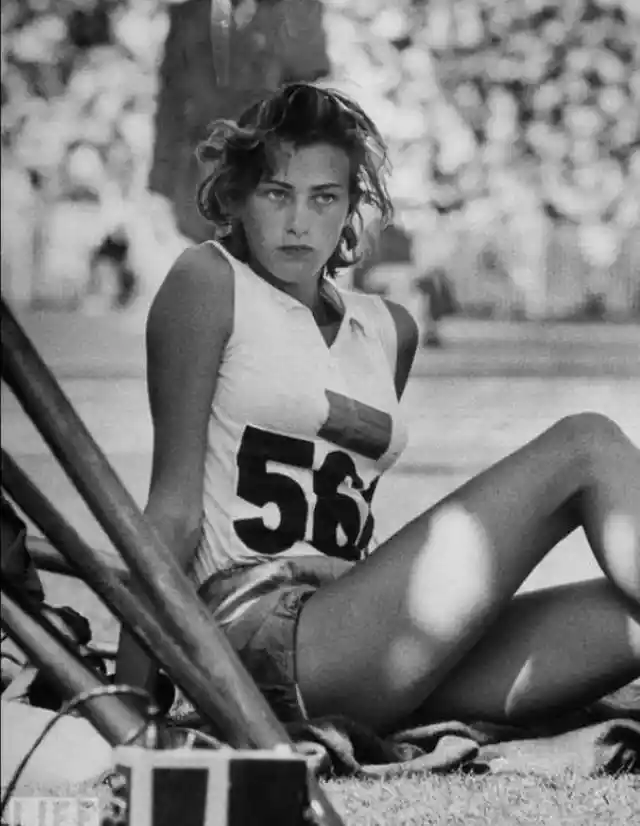
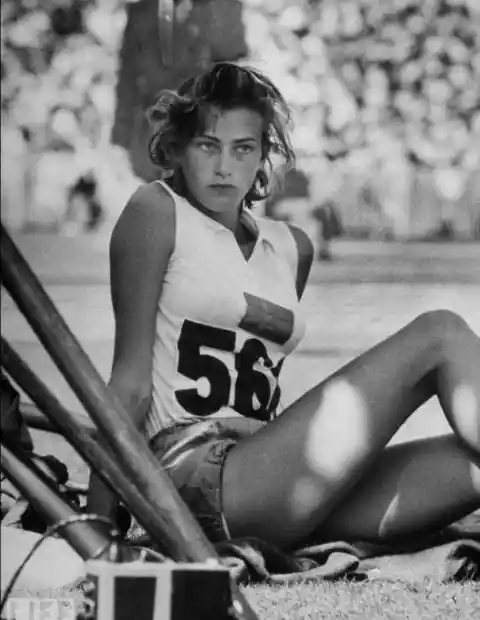
George Silk has worked for LIFE for 30 years, almost his whole professional career. He dedicated his life to photographing war moments as he photographed the Battle of Bulge from the very front line.
Breaking Away, 1947
LIFE generally focused on pictures of the greatest personalities of the time and raw war content. However, they managed to capture daily shots of ordinary people.

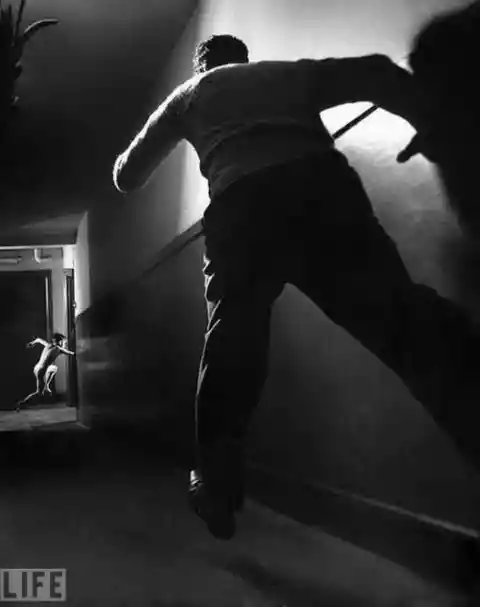
Photographer Ralph Crane took the perfect shot of a boy running away from a children’s home. As heartbreaking as it may sound, readers could appreciate the scene thanks to Crane.
Liz And Monty, 1950
Photographer Peter Stackpole captured intimate moments of actors Elizabeth Taylor and Montgomery Clift after shooting several scenes for the romantic drama A Place in the Sun. The actor and the actress became very close friends after the movie came out.
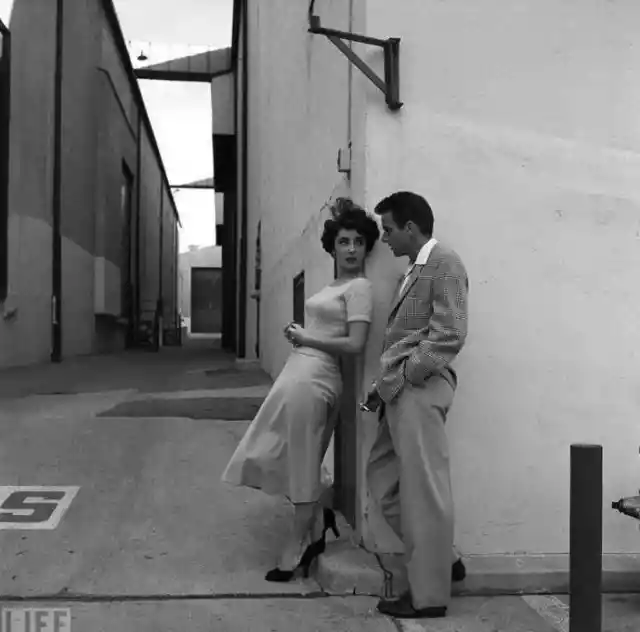
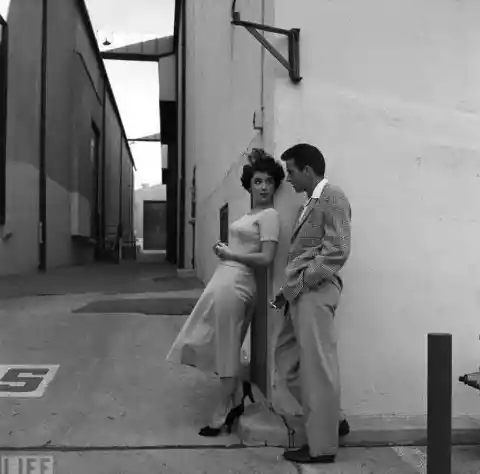
It’s funny how the actors never rest even when they aren’t on set. It’s highly probable that they both saw the camera pointing at them. Their poses are natural but, at the same time, perfect for a photoshoot.
The Beatles, 1964
The Beatles’ first trip to Miami was photographed by John Loengard. Paul, John, Ringo, and George are enjoying a sunny day in a Miami pool. However, the water was not-so-enjoyable.

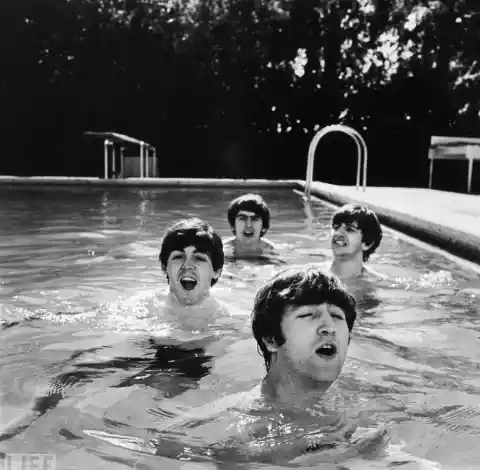
As you can tell from Ringo’s expression, the water was quite freezing, so Loengard had asked these legends to sing a song so they could forget about the cold water and have the pictures taken.
Audience For A 3-D Movie, 1952
Back in the 50s, having a 3-D Movie coming out was an event that you couldn’t miss. J.R. Eyerman photographed the audience of the first color 3-D Movie Bwana Devil.
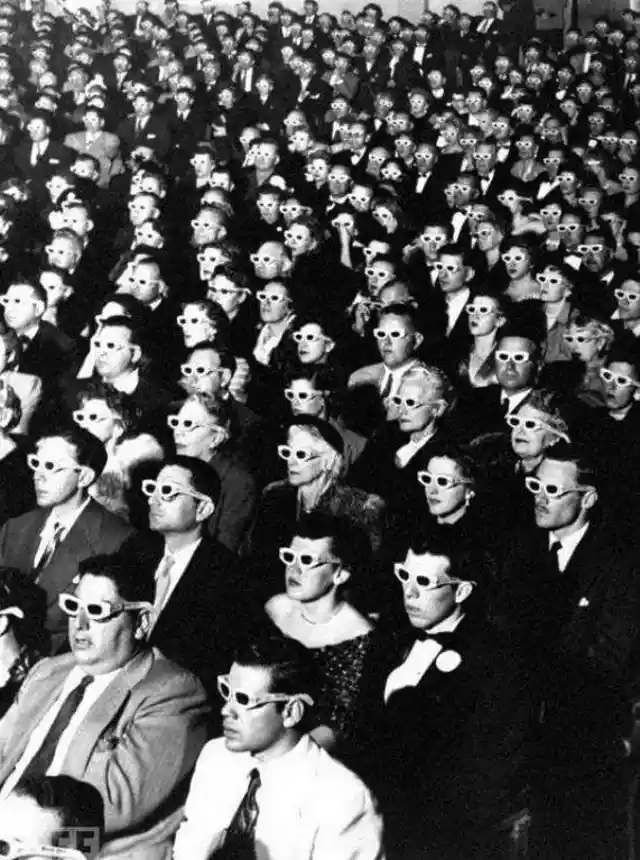

It feels like the audience had been choreographed, but it was just the excitement of being there. The whole audience is suited up and looking in the same direction.
The Heart of NYC, 1943
From 1910 to 1963, Pennsylvania Station was known as the heart of New York City. The beautiful place in the picture was demolished in 1963 to make room for the Madison Square Garden.
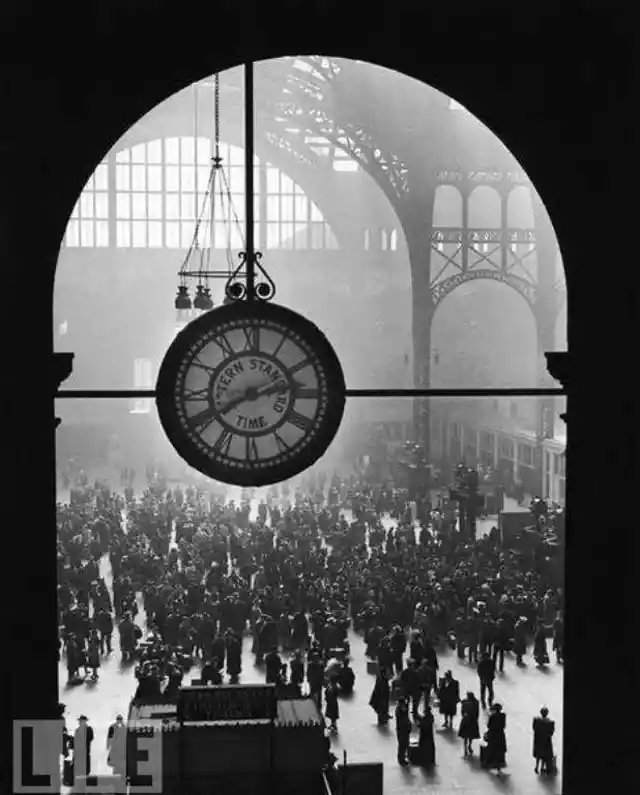
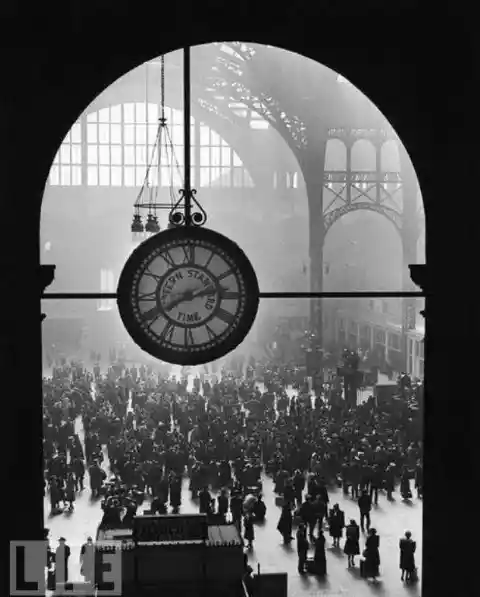
Alfred Eisenstaedt took a shot of the Station’s waiting room. The clock, the crowd, and the architecture were some of the elements that would never be forgotten.
Country Doctor, 1948
Dr. Ernest Ceriani was the only on-call doctor within a 1,200-square-mile area in Kremmling, Co. At that time, having a doctor nearby was a blessing. W. Eugene Smith photographed Dr. Ceriani and titled it the “Country Doctor.”

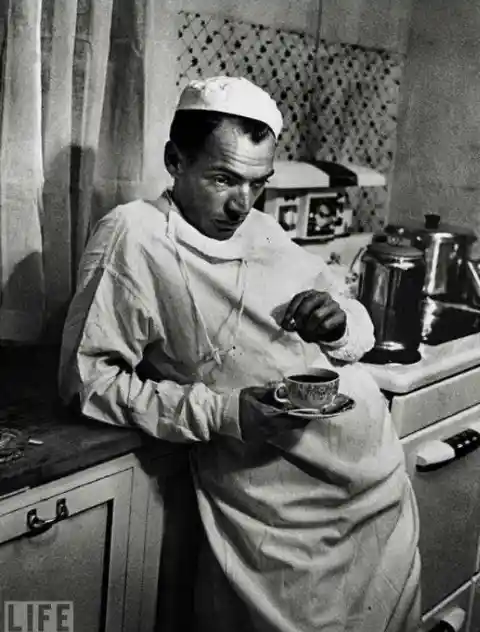
This picture was taken after D. Ceriani performed a c-section in the kitchen of the hospital at 2 a.m. Unfortunately, there were some complications and the mother and the baby didn’t make it.
Lindy Hop, 1943
Professional dancers Willa Mae Ricker and Leon James were photographed doing the so-called “Lindy Hop” by Gjon Mili. The photo is a mixture of art, joy, and excitement.
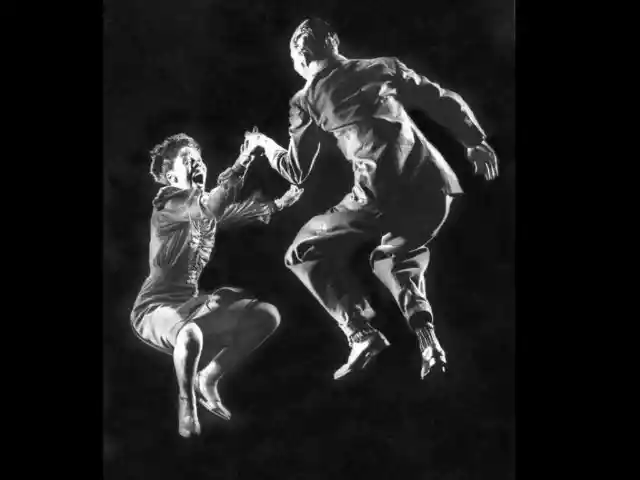

This particular dance move started back in 1927 in a Savoy Ballroom in Harlem. An improvisational dance became a move named after Lindbergh’s famous flight over the Atlantic Ocean.
Arctic Wolf, 1986
Somewhere in North Canada, photographer Jim Brandenburg was chasing an arctic wolf to get the best shot of it. And he certainly did. This picture captures the wolf jumping from one ice to another.


Brandenburg’s work portrays the best and the worst of the arctic. The perfect cold environment and the dangerous daily struggle of all arctic animals. We imagine this poor wolf had to swim in cold waters to reach the heavy icy ground.
John Glenn, 1959
Back in the 50s, the Mercury 7 was about to go into space and LIFE photographer Ralph Morse was present to capture it all. Morse spent weeks documenting the astronauts' steps, so much that he was called “the eight Mercury astronaut.”

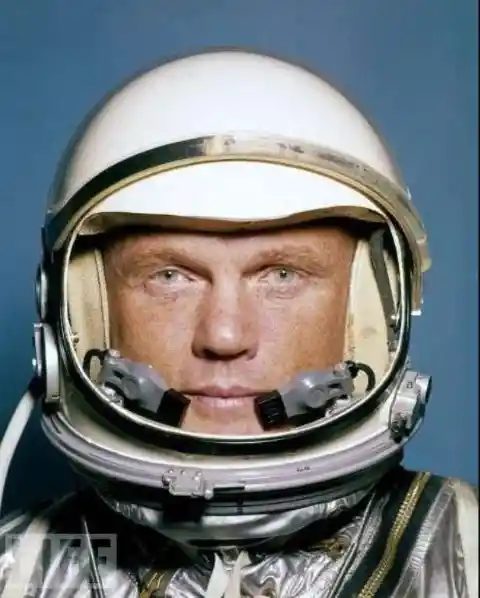
John Glenn was the astronaut who came up with the funny nickname. Morse took a picture of Glenn and quickly became the face of America’s race into space.
War Caption, 1944
LIFE is full of great photographers who spent weeks and months with brave soldiers to capture war moments from a very close angle. This photo was taken by well-known W. Eugene Smith in the Battle of Saipan.
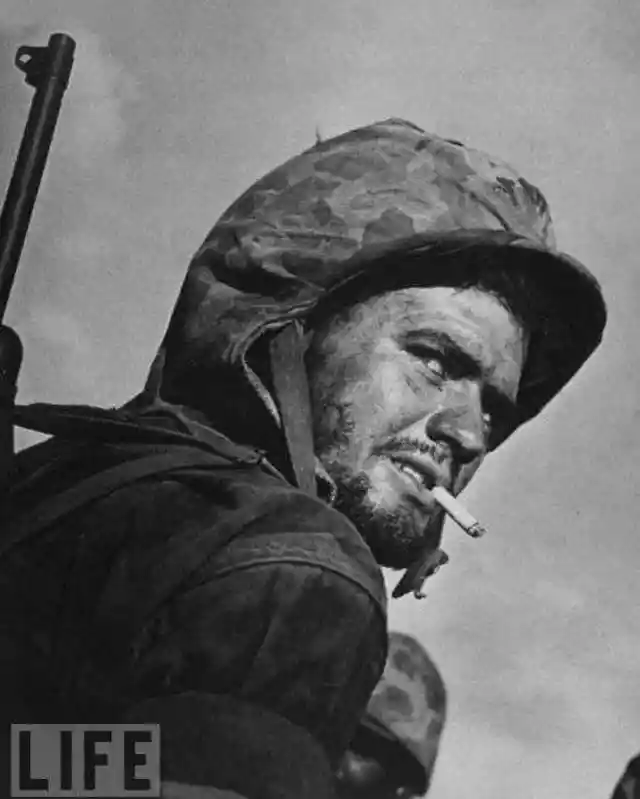
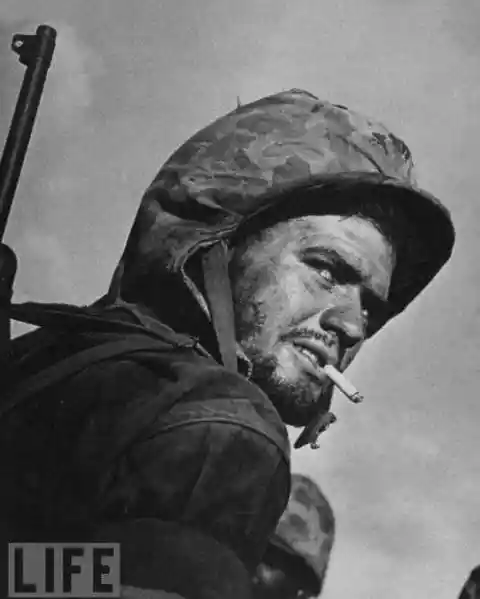
Peering over his shoulders, the soldier looks defiant and, at the same time tired. This image left a clear message to the American people: we would put an end to this war.
Mohandas Gandhi, 1946
Mohandas Gandhi, also known as The Great Soul, was photographed next to his spinning wheel in 1946 by Margaret Bourke-White. This photo ranks first in the most iconic pictures ever taken to the Great Soul.
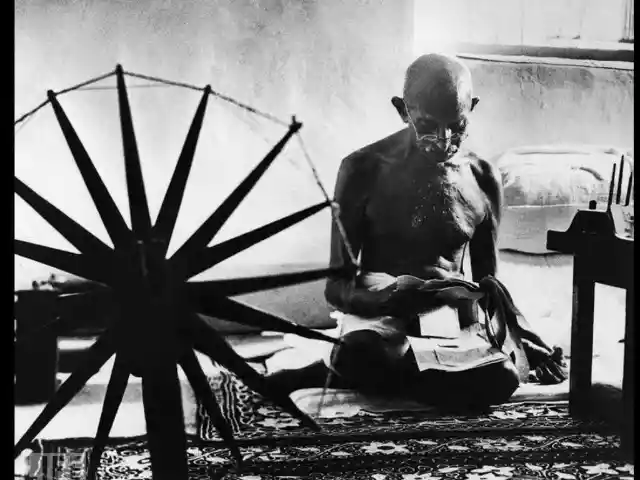
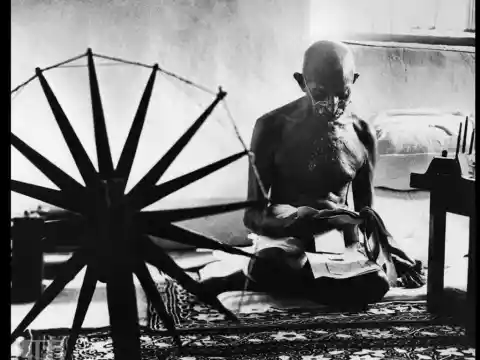
The spinning wheel in the picture had a special meaning, as it represented the nonviolent movement Gandhi favored for India’s independence from Great Britain. Peace and serenity are overtaking this photo.
Mark Spitz, 1972
LIFE photographer Co Rentmeester photographed Mark Spitz while in training. Rentmeester used to be an Olympic athlete, as he competed for the Netherlands at the 1960 Olympic Games. Long before dedicating his life to photography.
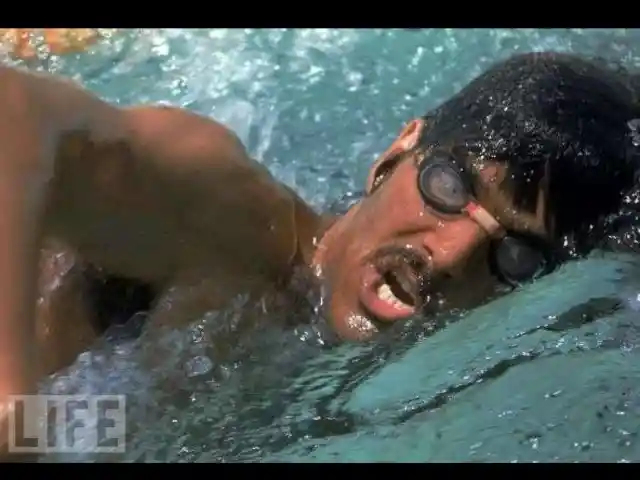

This picture was taken a month before the 1972 Munich Olympics, where Spitz was awarded seven gold medals. It was an absolute record for the athlete. The photo delivers a sense of live-action combined with the swimmer’s strength.
Newborn, 1965
This was the first picture ever taken of a fetus inside a womb. Lennart Nilsson photographed the whole pregnancy going through each stage of growth. His work was not only detailed and perfect, but it also helped science understand the human embryo.


The 17-week-old fetus picture is so neat and perfect that even the fetus’ nails can be seen. The image was on the cover of LIFE magazine. 8 million copies were printed, all of them sold out in just four days. The impact of Nilsson’s work was huge.
Jet Age Man, 1954
Photographer Ralph Morse played with lights and shadows to get abstract results. And he always nailed it, like in this picture. He photographed an air force pilot for a 1954 LIFE cover.
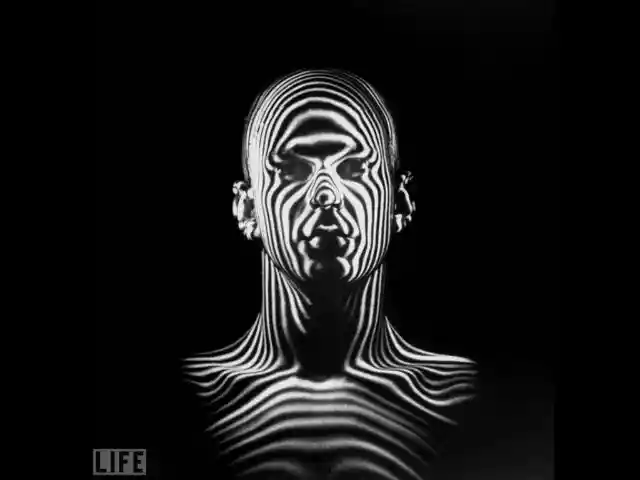

Morse’s work was titled “Jet Age Man.” It seems like the man was painted in a zebra pattern, but it was Morse’s masterpiece.
Alexander Solzhenitsyn, 1981
When looking at this picture, we are looking at the feeling of freedom and free will. Russian writer Alexander Solzhenitsyn admitted to photographer Harry Benson that breathing in America felt free.

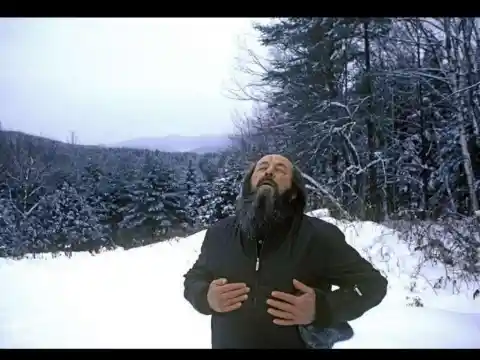
This photo was taken in Vermont, where the writer was exiled. Benson captured the moment when the Nobel Prize winner showed him how it felt to be free in America.
The Kennedy Brothers, 1960
Photographer Hank Walker captured an intimate moment of brothers John F. Kennedy and Robert F. Kennedy in their hotel room in Los Angeles. The Democratic National Convention was taking place that day.

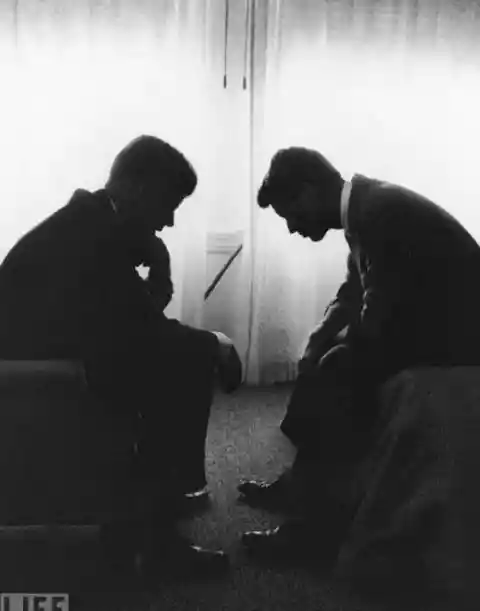
At that moment, JFK was a U.S. Senator. When he was elected president, his brother Robert became his adviser. No one would have thought that they would both be killed by an assassin’s bullet.
Ingrid Bergman, 1949
Actress Ingrid Bergman was photographed by Gordon Parks in Italy while she was filming Stromboli, a film directed by Roberto Rossellini. The Swedish star was married, and she had an affair with the director of the movie.

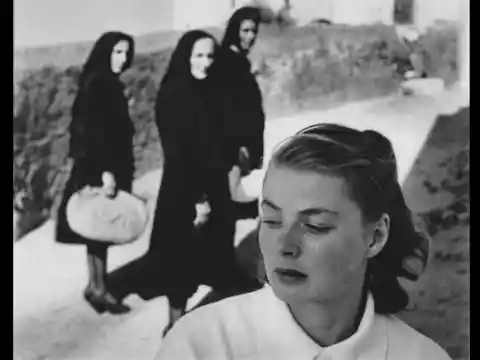
What happens in Italy stays in Italy, except that their affair wouldn’t just stay there, as the actress got pregnant and their affair became public. Parks captured three local women staring down on the ashamed actress.
Duke And Duchess Of Windsor, 1959
The former King of England, who lasted less than a year on the throne, jumped with his wife for a famous photo taken by Philippe Halsman. The Duke’s abdication was a worldwide scandal, as he gave up the throne to be with his love.


Royals have always shown themselves as perfect. The abdication of the Duke of Windsor was a stain that never left the royal family as of today. Royals are so perfect that they get perfectly photographed even while jumping.
Freedom Riders, 1961
Back in the 60s, Freedom Riders fought against segregation in every possible way. Firebombs and beatings were some of the violent acts they had to endure. Sometimes they were on their own, and occasionally, they would receive help.

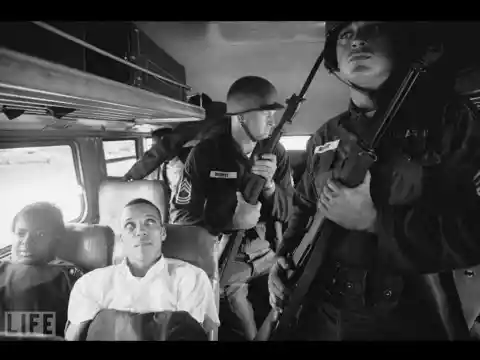
Paul Schutzer photographed Freedom Riders Julia Aaron and David Dennis in a bus. They were trying to integrate the bus and received the protection of the National Guard during the ride.
The American Way, 1937
The Louisville Flood gave African-Americans nothing but hunger and hopelessness. Photographer Margaret Bourke-White captured these victims standing in line to receive food and clothing.


Margaret captured these people standing in front of an upper-class advertisement. This image got more credit than those of the flooding, as the irony of the moment is clearly perceived.
Pablo Picasso, 1949
This photo is the result of two artists getting together in a room and creating stuff. Photographer Gjon Mili went to Pablo Picasso's studio in France to photograph the artist.

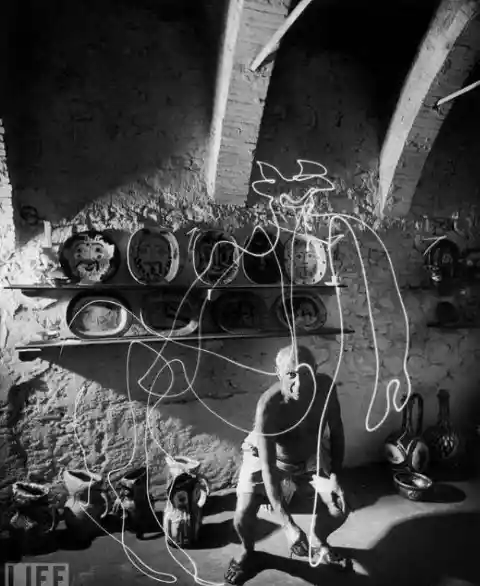
Special effects didn’t exist 70 years ago. Instead, artists used their imagination to create original work. This photo is considered to be one of the bests of LIFE because of its particular creation that took place in 1949.
Winston Churchill, 1941
Some photographers do wonders with lighting and shadowing. Their work stands unique thanks to the techniques they use. This is the case of photographer Yousuf Karsh.
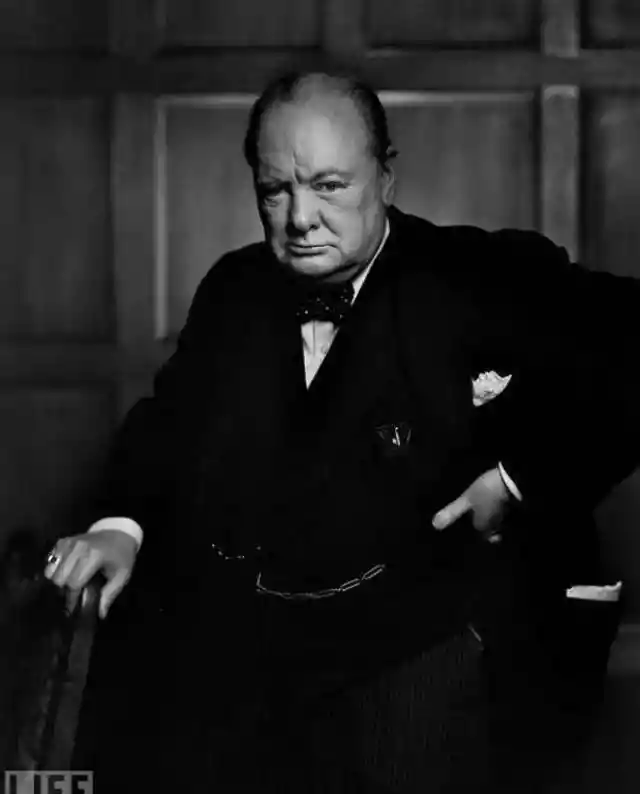
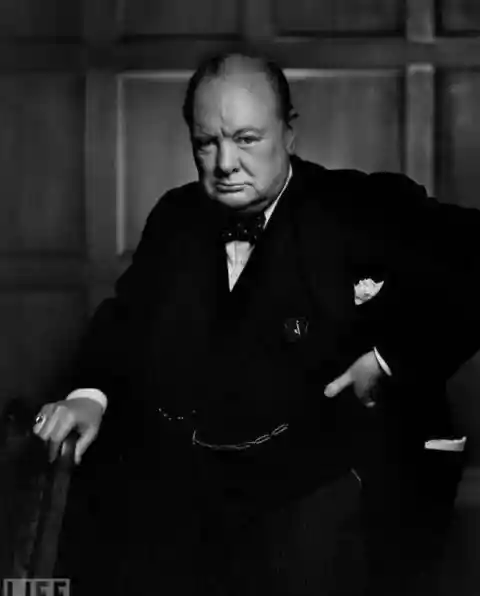
Karsh photographed Winston Churchill in a way that the image conveys the former Prime Minister’s power and strength. Hitler would have been afraid of him. He had determination and was unbreakable.
Georgia O’Keeffe, 1966
Georgia O’Keeffe was a famous American painter who made great contributions to modern art. Photographer John Loengard took a picture of him for LIFE when the artist turned 80.
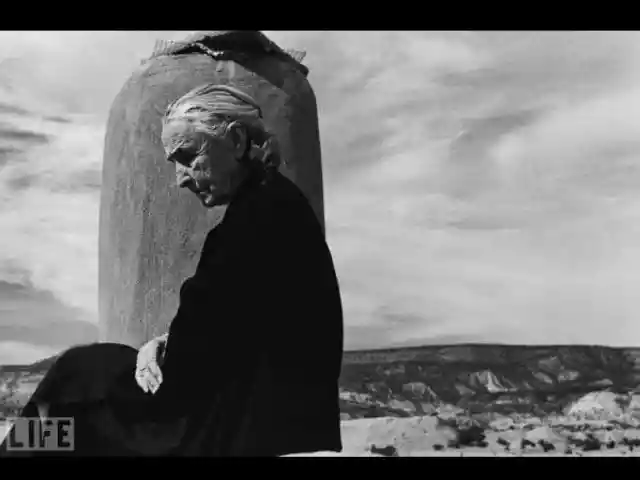
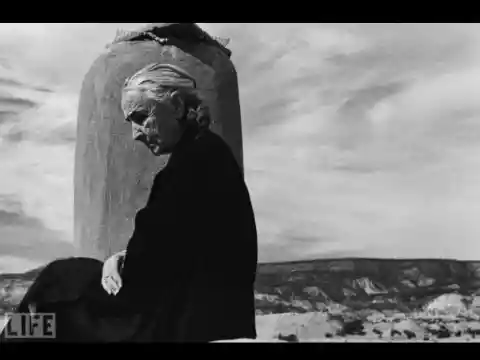
O’Keeffe used to paint, among many other things, landscapes of New Mexico. So Loengard photographed her in the beautiful landscape of New Mexico the day she turned 80.
Charlie Chaplin, 1952
Charlie Chaplin was photographed on the set of Limelight, a movie written, produced, directed, and starred by him. He re-discovered the comic facet of himself with this role.
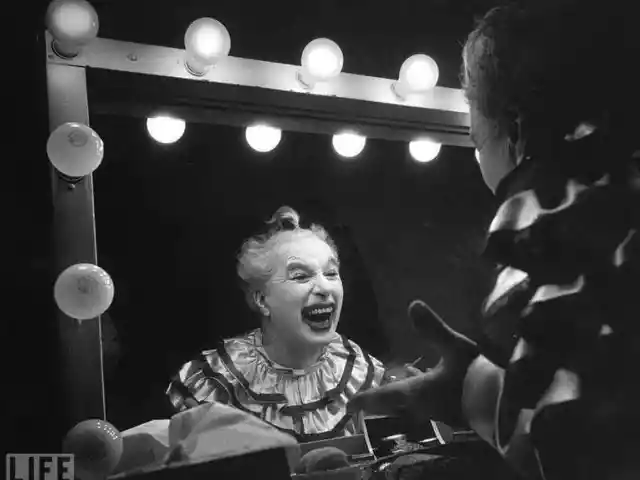
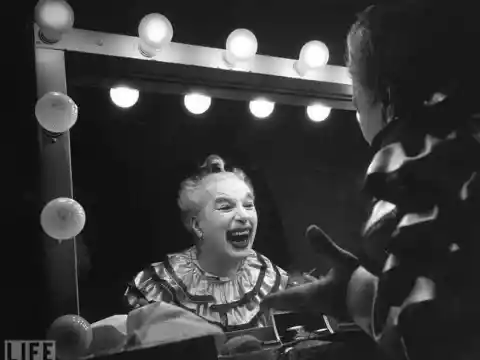
He was 63 years old when the film came out. Photographer W. Eugene Smith captured an intimate moment in the dressing room. A great actor with great talent.
Joseph Goebbels, 1933
Sometimes a photo can say more than a million words. This image, captured by Alfred Eisenstaedt, is full of hate. The man sitting in the chair was Nazi Minister Joseph Goebbels, a man who smiled at photographer Eisenstaedt until he learned that he was Jewish.

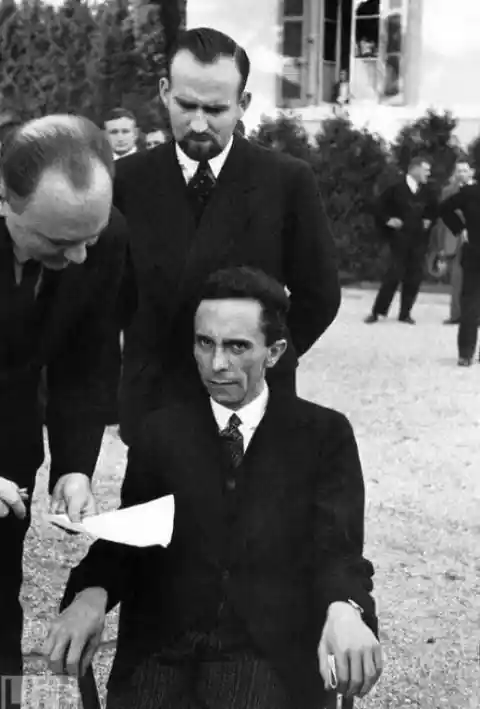
Suddenly his happy face disappeared. The German photographer stood in his place and, as the Nazi looked at him with hateful eyes, he photographed him without even hesitating.
Clarence Hailey Long, 1949
Some decades ago, smoking was something that added attractiveness to a person. Smoking in social events was the high-society style. And smoking for an advertisement made the actor sexier.
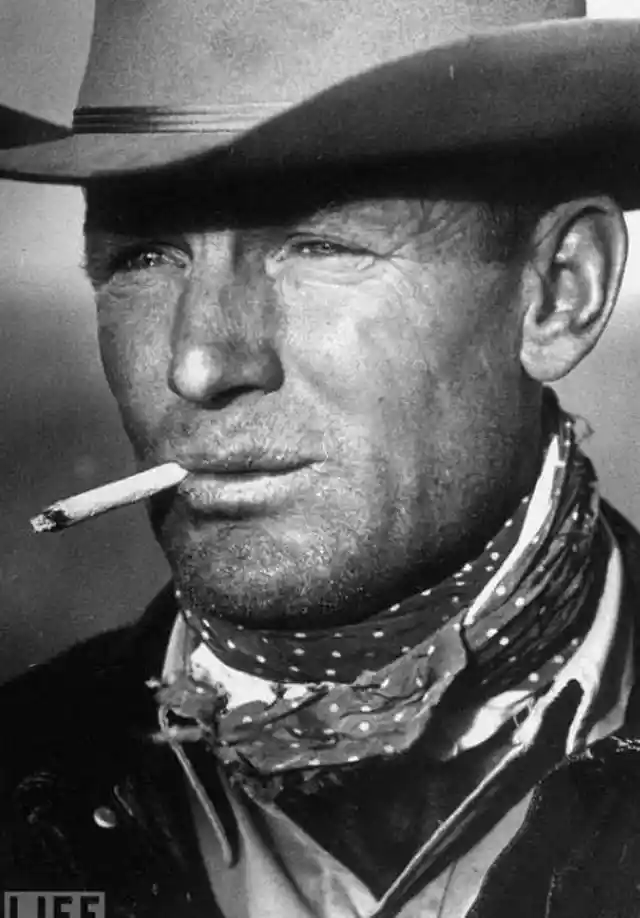

Or at least that’s how Leonard McCombe made Clarence Hailey Long look like. The Malboro Man is sexy because he’s smoking, and he’s romantic because he is in the Western.
Holocaust, 1945
Margaret Bourke-White was present at the liberation of Buchenwald, a concentration camp. She captured chaos, death, corpses, and desperation that day. Those were terrifying times, and she worked to show it.
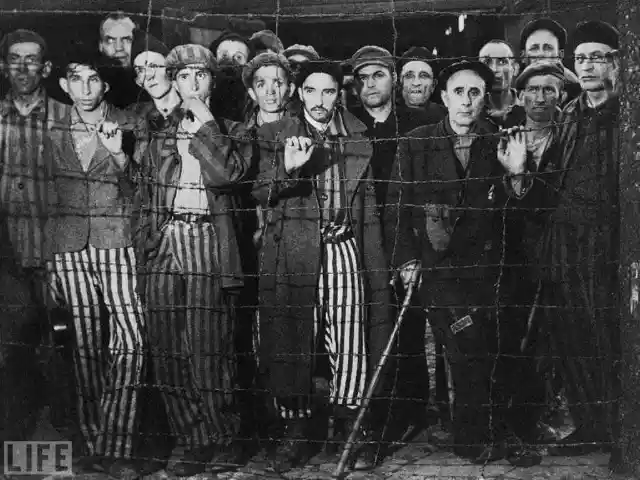
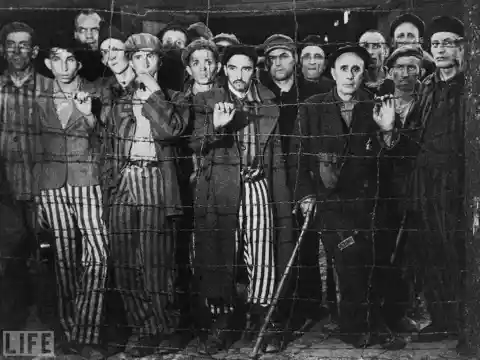
The purpose of publishing this photo was to let readers know that the regime they fought so hard to beat was finally over. It was a reminder of what they were against and what they had achieved.